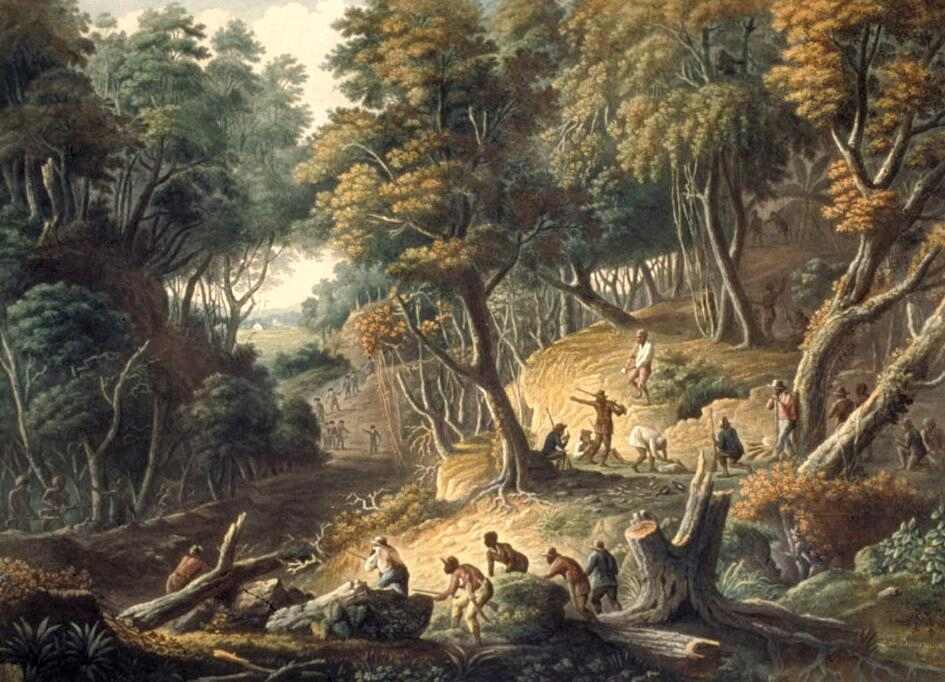
Figure 1.--The print was entitled, "The Maroons in Ambush on the Dromilly Estate in the parish of Trelawney, Jamaica". The painting was doine be by J. Bourgoin and engraved by J. Merigot. It was published by J. Cribb (London, 1801). The dedication reads: "To the Honble Genl. Walpole, this plate is with permission respectfully dedicated by his obliged and obedient servant, Robt. Cribb." We see a group of about 30 Maroons hiding in the trees as a troop of British soldiers wjhioch seem to be wearing blue approaches. The maroons carry rifles and one (center) blows a horn. It seems to be an illustration of a Maroon ambush of a British military unit. It may be a depiction of the incident in July 1795, which set off the Second Maroon War. Ambush was the Maroon's most common military tactic. During this 5-month war. George Walpole was the commanding field officer of the British military forces. |

